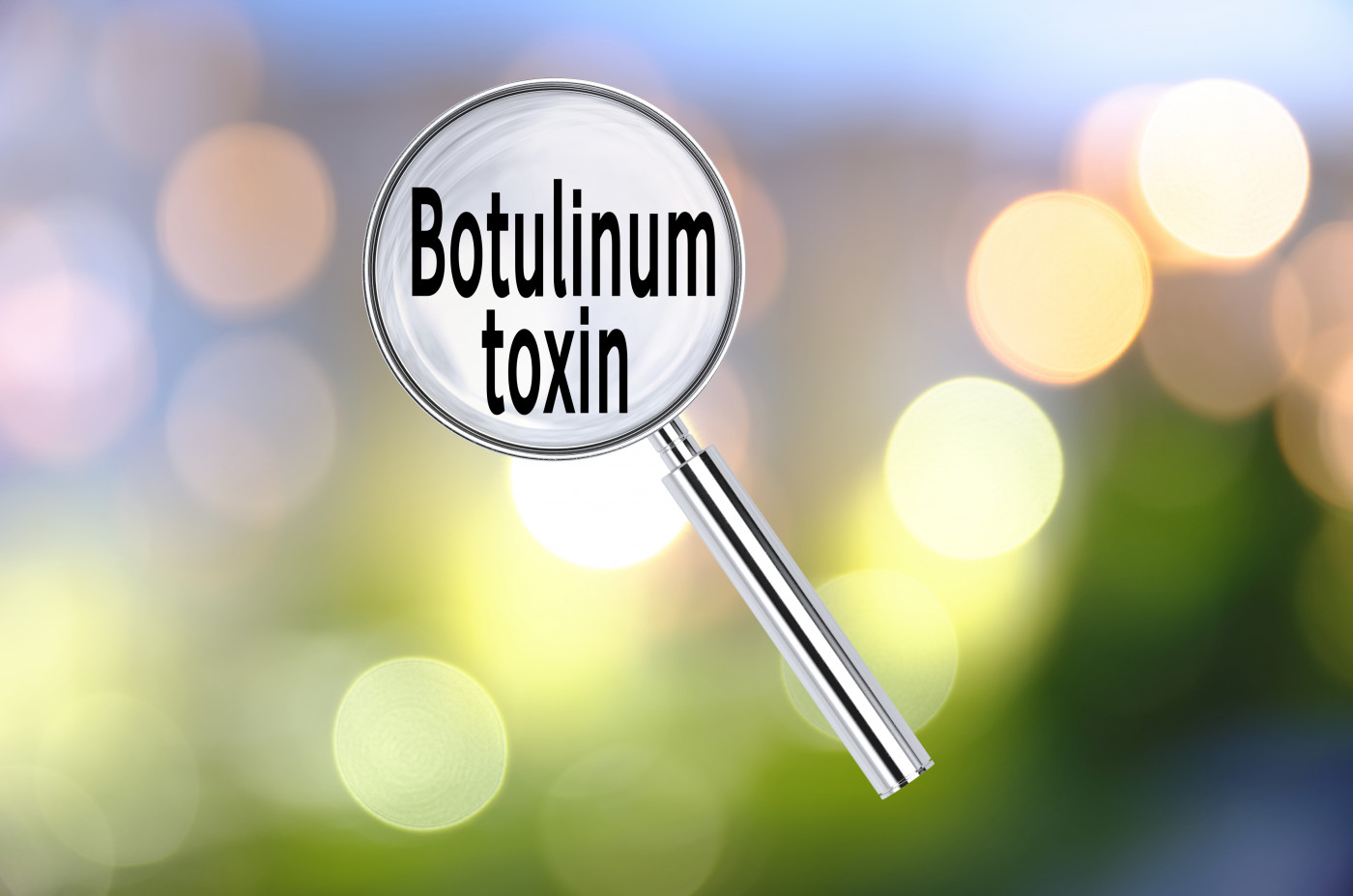Children With Spastic CP Helped Up to 3 Months by Botox Injections, Study Shows

Botox (Dysport) injections in lower leg muscles improve muscle tone, movement and gait in children with spastic cerebral palsy and lasts up to three months, regardless of the number of treatment sessions, a new study shows.
The study, “Effectiveness of multiple botulinum toxin sessions and the duration of effects in spasticity therapy in children with cerebral palsy,” was published in Child’s Nervous System.
When a child suffers from isolated spasticity — when only a specific group of muscles is continuously contracted — botox injections administered locally every three months may be recommended as a course of treatment.
Botox (botulinum neurotoxin, BoNT) is a toxin produced by the bacteria Clostridium botulinum that blocks the communication between nerves and muscles, resulting in short-term muscle relaxation.
Previous studies already have reported that botox therapy is highly effective in cerebral palsy patients; however, up to now, very few studies evaluated the long-term effects of botox therapy in these patients.
In this study, researchers analyzed the long-term effects of multiple botox injections administered over the course of several years in children diagnosed with different types of spastic cerebral palsy.
From 2004 to 2010, the study enrolled 60 children with spastic cerebral palsy — 30 tetraplegic (muscle impairment in all limbs), 20 diplegic (leg muscle stiffness) and 10 hemiplegic (only one side of the body is affected) — between the ages of 2 and 16 years old.
Patients received botox injections in lower leg muscles for six years, between one and eight times at intervals of 3 to 66 months. For each patient, researchers analyzed muscle tone (Modified Ashworth Scale), passive range of motion in ankle joint with extended, and flexed knee joint and gait (Physician Rating Scale) before and after each treatment session. Range of motion is the term is used to describe the amount of movement each individual has at each joint.
Results revealed the effects of a single treatment session lasted up to three months and that outcome was independent of the number of injections received.
Improvement in muscle tone and range of motion with extended knee joint was higher in children with hemiplegia compared to children with diplegia, while improvement in range of motion with flexed knee was greater in children with more severe motor impairments.
In addition, gait improvement linked to botox treatment decreased as patients grew older.
Altogether, these findings show that botox injections are an effective treatment for children with spastic cerebral palsy, regardless of the number of treatment sessions, the study authors found. However, its therapeutic effects depend on the patients’ age, type and severity of disease.
“Best results were achieved in children under age 7 with hemiplegia and greater impairment than level I on the GMFCS [Gross Motor Function Classification System] scale. The treatment gain was highest up to 3 months after injection. Therefore, [Botox] therapy can be safely and effectively repeated every 3-6 months,” the authors concluded.


